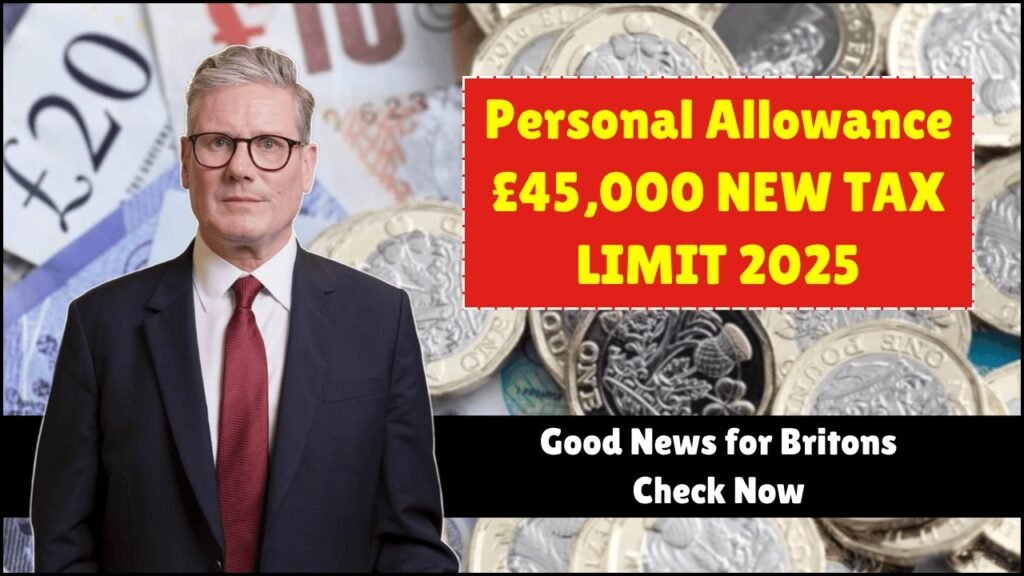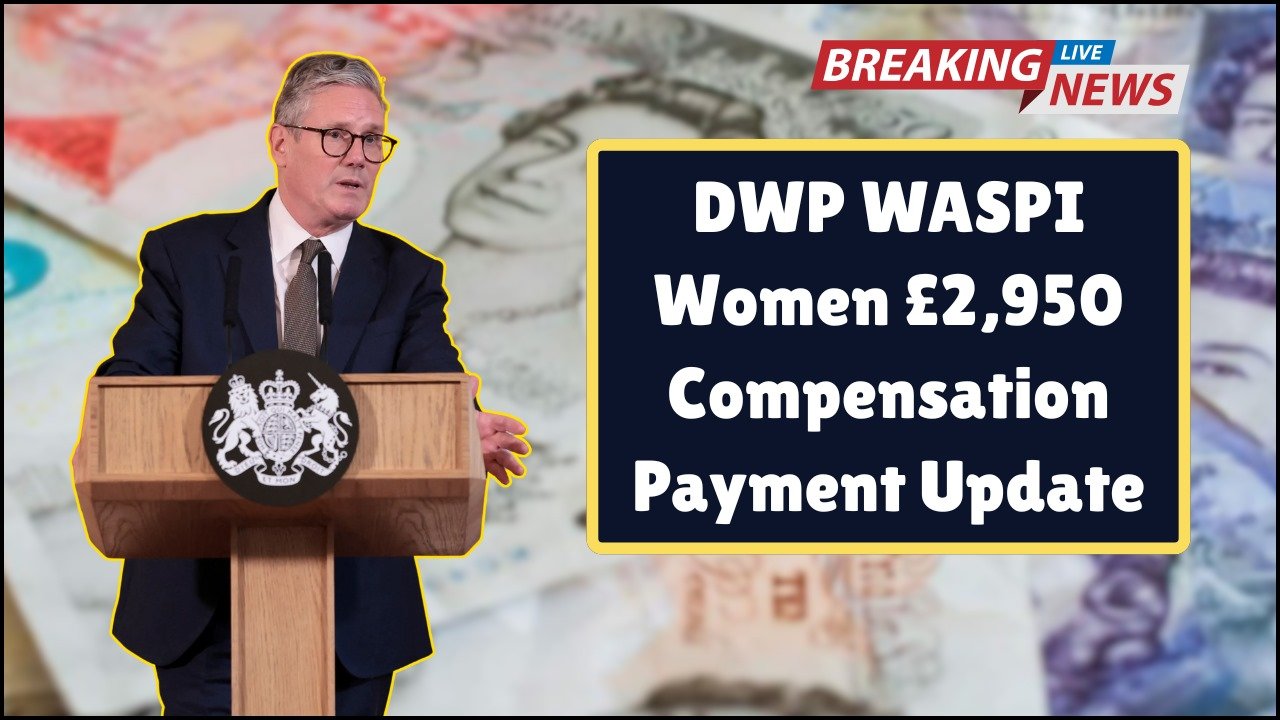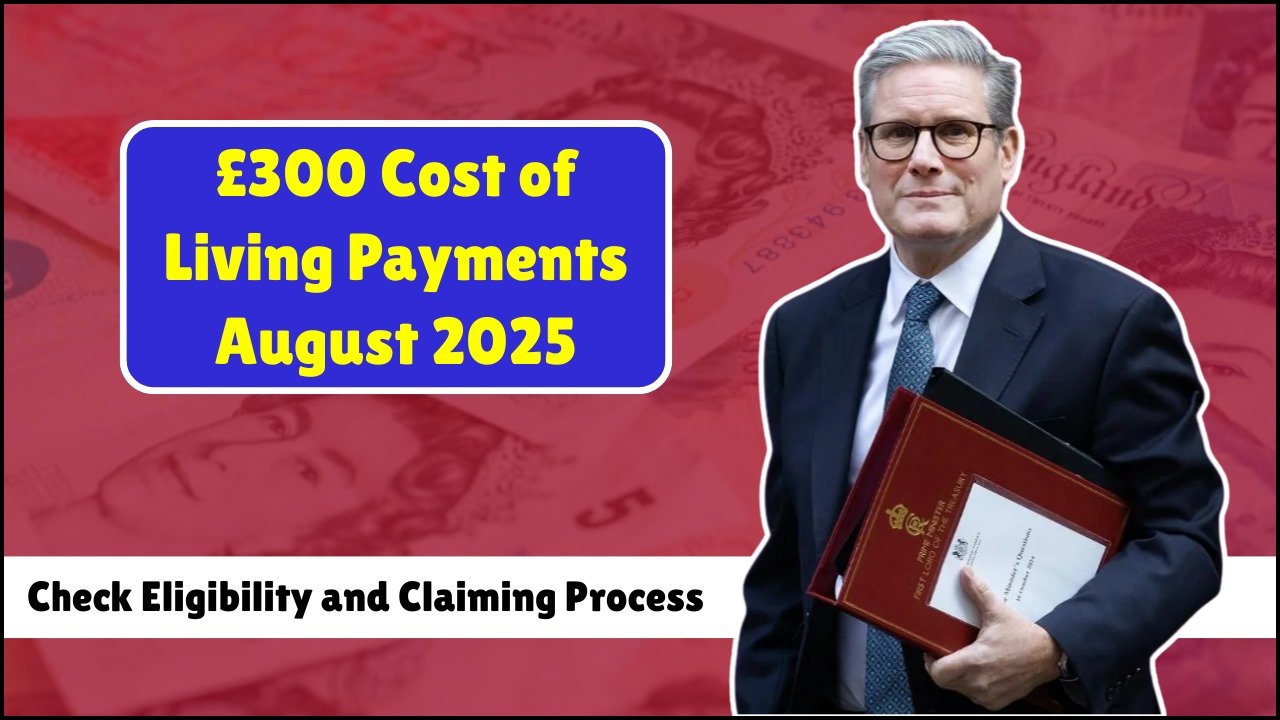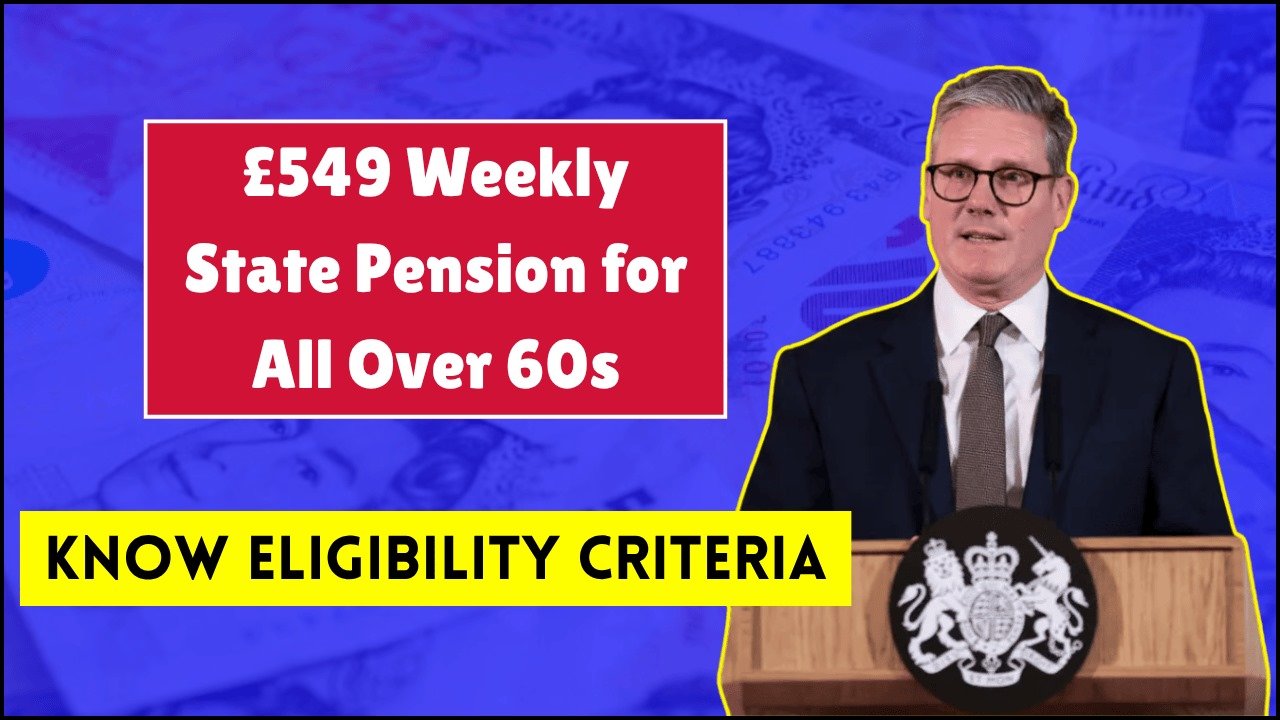
The UK is currently navigating high living costs and slow wage growth, sparking conversations about bold tax reforms. One of the most discussed proposals is a significant increase in the Personal Allowance — the amount of income you can earn before paying tax — from the current £12,570 to a substantial £45,000.
If approved, this would mean millions of workers paying zero income tax, marking one of the largest changes in modern UK tax history. But is it realistic, and who would truly benefit?
Table of Contents
Overview
| Topic | Details |
|---|---|
| Current Personal Allowance | £12,570 |
| Proposed New Limit | £45,000 |
| Government Position | No change until 2028 |
| Biggest Beneficiaries | Earners under £45,000 |
| Main Concern | Loss of government revenue |
| Potential Positive Outcome | Boost in consumer spending |
What is the Personal Allowance?
The Personal Allowance is the amount of income a UK resident can earn in a tax year without paying any income tax. For the 2025/26 tax year, it is set at £12,570 — unchanged since 2021.
- If you earn more than £12,570, you pay tax on the portion above this threshold.
- Those earning over £100,000 start to lose their allowance. For every £2 earned over £100,000, the allowance is reduced by £1.
- By £125,140 income, the allowance disappears entirely.
For official details, you can visit the UK Government Income Tax page.
Current Tax Bands (England, Wales, and Northern Ireland – 2025/26)
| Income Range | Tax Rate |
|---|---|
| Up to £12,570 | 0% |
| £12,571 – £50,270 | 20% |
| £50,271 – £125,140 | 40% |
| Over £125,140 | 45% |
(Scotland has different bands due to devolved tax powers.)
Beneficiaries
The proposal would benefit almost every taxpayer, but the biggest winners would be those earning just under £45,000.
| Annual Income | Tax Savings (£) |
|---|---|
| £15,000 | £486 |
| £25,000 | £2,486 |
| £35,000 | £4,486 |
| £45,000 | £6,486 |
| £55,000 | £6,486 |
| £100,000 | £16,432 |
High earners would also benefit since the first £45,000 of their income would be tax-free.
Economic Impact
Positive Effects:
- Boost in consumer spending, helping local businesses.
- Reduced need for welfare support as net incomes rise.
- Potential job creation from increased demand.
Challenges:
- Significant loss in government tax revenue.
- Possible need for higher VAT, Corporation Tax, or other levies.
- Risk of higher inflation from increased spending.
Is It Financially Feasible?
The main obstacle is affordability. The Treasury would face a substantial revenue shortfall, meaning alternative funding sources would be required:
- Raising other taxes.
- Cutting public spending.
- Borrowing more.
- Banking on rapid economic growth to make up the gap.
FAQs
Q:- What is the UK Personal Allowance in 2025?
A = £12,570 — unchanged since 2021.
Q:- Would a £45,000 allowance mean no income tax for most workers?
A = Yes, it would remove income tax for millions.
Q:- Is the government planning this change?
A = No, the current threshold is frozen until 2028.




